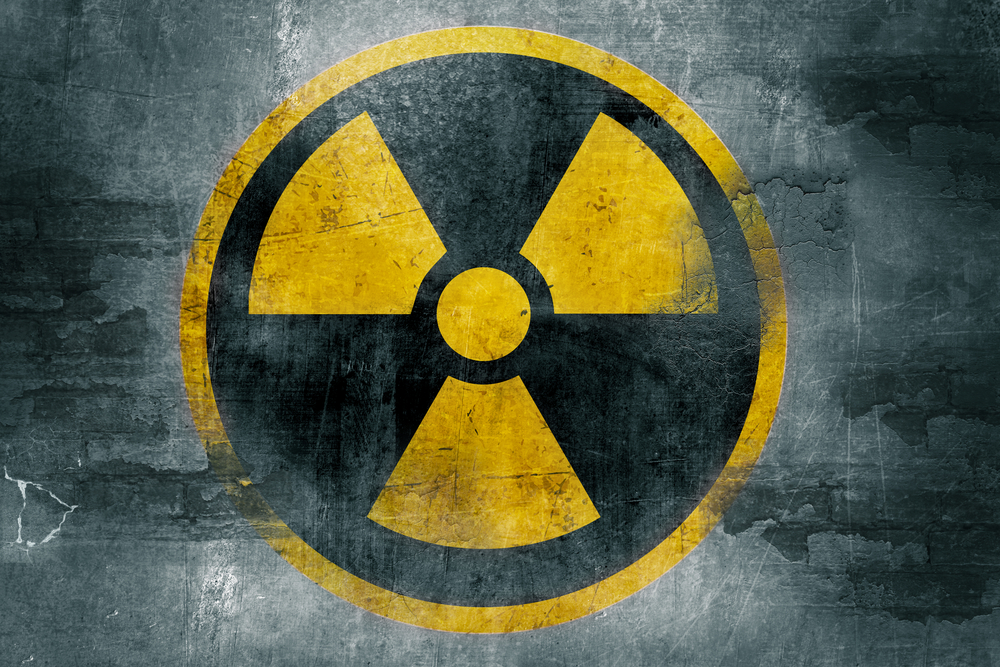
The National Nuclear Security Administration (NNSA) is partnering with private-sector users of radioactive sources to encourage them to transition to more secure technologies that do not rely on radioactive sources.
Radioactive sources are used in a range of commercial, medical and research applications including cancer treatment, blood irradiation, and agriculture sanitization. While radioactive sources are effective in these applications, they also present a risk as they can be used by terrorists to deploy a radiological dispersal device (RDD) or “dirty bomb.”
The NNSA Cesium Irradiator Replacement Project (CIRP) is working with private sector partners in the United States in the field of blood and research irradiation on the transition to more secure technologies. CIRP provides financial incentives to support the transition from cesium irradiators to X-ray irradiators, as well as the removal and disposal of the cesium irradiators.
NNSA also recently held meetings with the University of Wisconsin-Madison La Follette School of Public Affairs and the university’s Medical Radiation Research Center, the state of California and the cities of New York and Atlanta to discuss the transition to alternative technologies and radiological security.
NNSA also works to promote the adoption of alternative technologies internationally. NNSA co-chairs, along with the government of France, the third annual Ad Hoc Working Group on Alternative Technology, which allows governments, the International Atomic Energy Agency, non-governmental organizations, and industry stakeholders to discuss the transition to alternative technologies.




